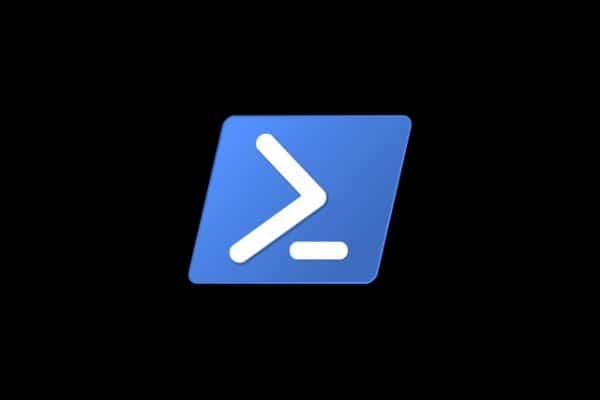Microsoft releases first preview of PowerShell 7 and sets out feature roadmap

Having already announced that PowerShell 7 will be the next version of PowerShell, Microsoft has released the first public preview. For the first time, PowerShell is based on .NET Core 3.0.
The command-line shell and scripting language is set to be updated on a monthly basis, so we can expect a few more preview versions before it hits general availability around a month after .NET Core 3.0. As well as releasing this first preview, Microsoft has also shared details of the PowerShell 7 roadmap.
See also:
- Microsoft implores Windows users to install patch for wormable BlueKeep Remote Code Execution vulnerability
- 'Files' for Microsoft's Windows Lite OS looks amazing running on a foldable Surface
- Microsoft drops some very big hints about its modern 'Windows Lite' OS
One of the most notable changes between PowerShell 6.2 and PowerShell 7 is the move from.NET Core 2.1 to .NET Core 3.0, but -- as significant as this is -- there is much more to it than that. In a blog post about the release, Steve Lee -- Principal Software Engineer Manager of PowerShell -- sets out what he hopes will be achieved over the coming months, including making PowerShell in Azure Functions generally available, releasing PSReadLine 2.0, making PSScriptAnalyzer 2.0 host-able, and improving PowerShell Editor Services 2.0.
He also writes:
A big focus of PowerShell 7 is making it a viable replacement for Windows PowerShell 5.1. This means it must have near parity with Windows PowerShell in terms of compatibility with modules that ship with Windows.
The PowerShell Team will be working with Windows teams to validate and update their modules to work with PowerShell 7. This also means that to use PowerShell 7 with the breadth of Windows PowerShell modules, you will need to be using the latest builds of Windows 10 (and equivalent Windows Server).
Full details of what you can expect from this release can be found in the changelog.
